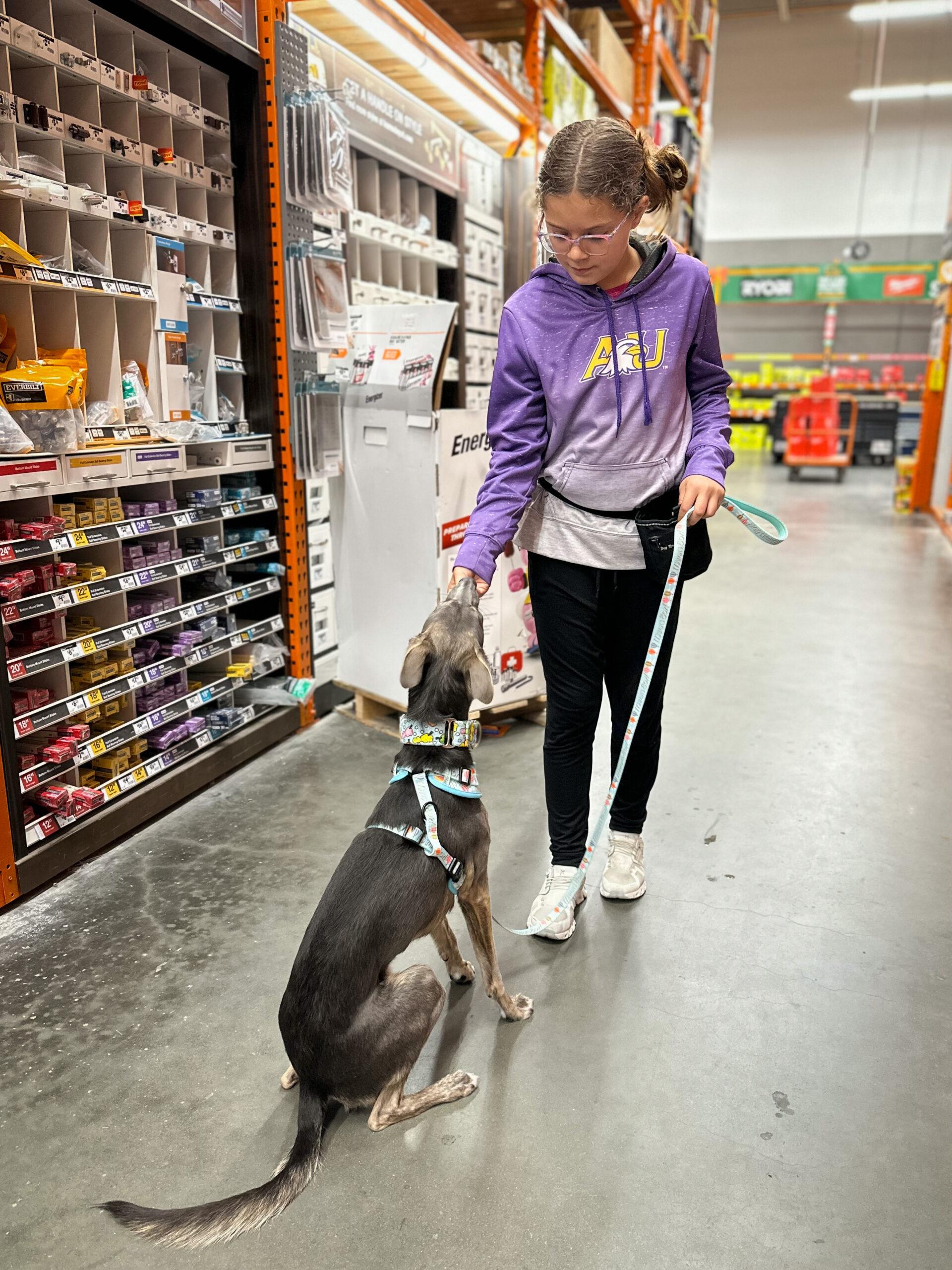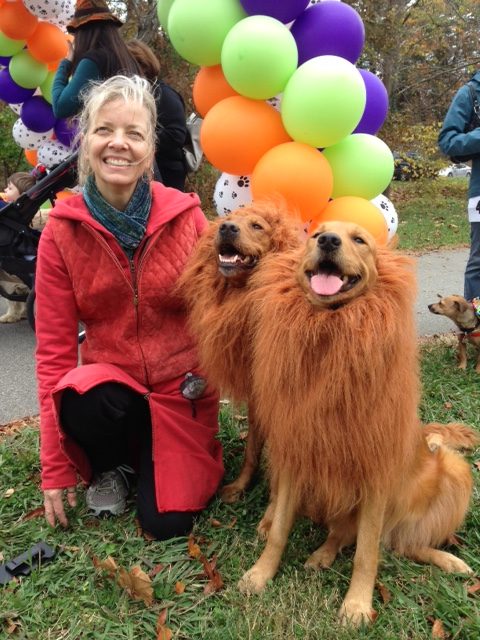Comprehending Canine Body Language During Dog Training
Comprehending Canine Body Language During Dog Training
Blog Article
Important Tips for Successful Dog Training: A Guide for Family Pet Owners
Effective pet training is a multifaceted process that needs a critical strategy tailored to both the pet's temperament and the proprietor's objectives. Recognizing exactly how to navigate these challenges can dramatically improve the training experience, eventually transforming the relationship in between proprietor and pet.
Understanding Dog Behavior
Understanding dog behavior is essential for reliable training and promoting an unified partnership between dogs and their proprietors. Canines connect mostly through body movement, articulations, and actions, making it essential for proprietors to analyze these signals precisely. Identifying a dog's posture, tail setting, and ear alignment can give understandings into its emotion. A wagging tail does not always show joy; it can additionally indicate exhilaration or anxiety.

Socialization plays a considerable role in pet dog behavior; direct exposure to different environments, individuals, and various other animals can considerably affect a pet's temperament. Elements such as type attributes and individual temperament should guide training methods, as some breeds might have certain behavioral attributes that demand tailored methods. By understanding these components, proprietors can produce an encouraging atmosphere that encourages favorable habits, causing effective training outcomes and a much deeper bond with their pets.
Establishing Consistent Commands
Reliable communication with your pet dog begins with establishing consistent commands. This fundamental element of training is essential for fostering understanding in between you and your animal. Uniformity in the commands you utilize guarantees that your dog can accurately associate specific words or expressions with the wanted behaviors.
When choosing commands, select clear, distinct words that are easy to claim and set apart from each other. Prevent using similar-sounding commands that may perplex your dog. Utilizing "sit" and "remain" is suitable, yet "rest" and "struck" can lead to misunderstandings.
Furthermore, keep the exact same tone and volume for every command. Pets are delicate to singing signs, so differing your tone can produce confusion.
It is just as vital to ensure that all relative get on the same page concerning the commands utilized. A united front in command usage will certainly stop mixed signals and enhance the discovering process.
Positive Reinforcement Techniques
The power of favorable reinforcement in pet training hinges on its capacity to urge wanted behaviors through incentives and appreciation. This technique is based in the concept that behaviors adhered to by positive results are more most likely to be duplicated. By integrating favorable reinforcement right into your training regimen, you can successfully form your pet's actions in a constructive way.
To execute favorable reinforcement, it's important to determine what motivates your pet, whether it be treats, playthings, or verbal praise. When your pet dog executes a preferred activity, such as remaining on command, promptly award them with a treat or love. This association between the command and the favorable end result enhances their understanding.
It's important to timing the rewards appropriately; supplying the reinforcement within secs of the preferred actions assists your canine make the connection (dog training). Furthermore, consistency is crucial-- guarantee that all household participants use the same commands and reward systems to prevent complication

Progressively, you can decrease the regularity of treats as your pet discovers the habits, transitioning to applaud or intermittent incentives. This method not just fosters a solid bond between you and your pet dog however likewise advertises a positive discovering atmosphere, making educating a satisfying experience for both.
Socialization and Communication
Regularly exposing your pet to a selection of atmospheres, people, and other animals is vital for their social advancement. Socialization should start early, preferably throughout the crucial home window of 3 to 14 weeks, when young puppies are most responsive to brand-new experiences. Older canines can likewise benefit from recurring socialization initiatives.
Introduce your canine to various setups, such as parks, pet-friendly shops, and metropolitan locations. This exposure assists them adjust to different stimulations, lowering anxiousness and fear actions. Motivate positive communications with various other canines and people, making sure that these experiences are safe and controlled visit homepage to cultivate confidence.
Use structured playdates with well-mannered canines, as this can improve your dog's social skills and instruct them more tips here ideal habits. Obedience classes and training sessions also supply superb possibilities for socializing, allowing your pet dog to communicate with others in a supervised setting.
Screen your canine's body movement during communications, as this will certainly aid you determine their comfort level. Slowly raise direct exposure to more tough situations while making certain that each experience is favorable. A well-socialized canine is a lot more most likely to display well balanced behavior, making them a pleasure to have in any type of setting.
Resolving Common Training Obstacles
Every canine proprietor will certainly experience training obstacles at some factor, despite their pet dog's age or socializing degree. Recognizing common issues such as stubbornness, interruptions, and terror can help in establishing efficient approaches for renovation.

Diversions throughout training sessions can derail emphasis. To battle this, begin training in a peaceful environment with marginal stimuli. Progressively present interruptions as the pet dog becomes extra skillful in commands. Short, constant training sessions are also efficient in preserving focus.
Terror can prevent a pet dog's knowing procedure. Steady desensitization to the source of fear, combined with positive reinforcement, can aid ease anxiety. Patience is essential; never ever compel a pet right into a scenario that creates distress, as this might exacerbate the problem.
Eventually, understanding and resolving these common obstacles with an organized method will certainly promote a more effective training experience, enhancing the bond between pet click for more and proprietor while advertising reliable knowing.
Conclusion
In recap, effective pet training relies on an extensive understanding of canine actions, the establishment of regular commands, and the application of positive reinforcement techniques. Socializing plays a vital function in establishing well-adjusted pet dogs, while resolving typical training challenges requires persistence and adaptability. By carrying out these necessary approaches, pet dog proprietors can cultivate a strong bond with their dogs and advertise preferable behaviors, inevitably leading to a harmonious partnership in between humans and their canine buddies.
Comprehending pet actions is essential for effective training and fostering an unified partnership between pooches and their owners.Socialization plays a significant role in pet dog actions; exposure to numerous settings, people, and various other animals can dramatically affect a pet's temperament.The power of favorable support in pet training exists in its capability to urge desired behaviors via benefits and appreciation. By including positive reinforcement right into your training regimen, you can effectively form your pet dog's behavior in a positive manner.
In recap, successful dog training relies on a thorough understanding of canine habits, the facility of regular commands, and the application of positive support techniques.
Report this page